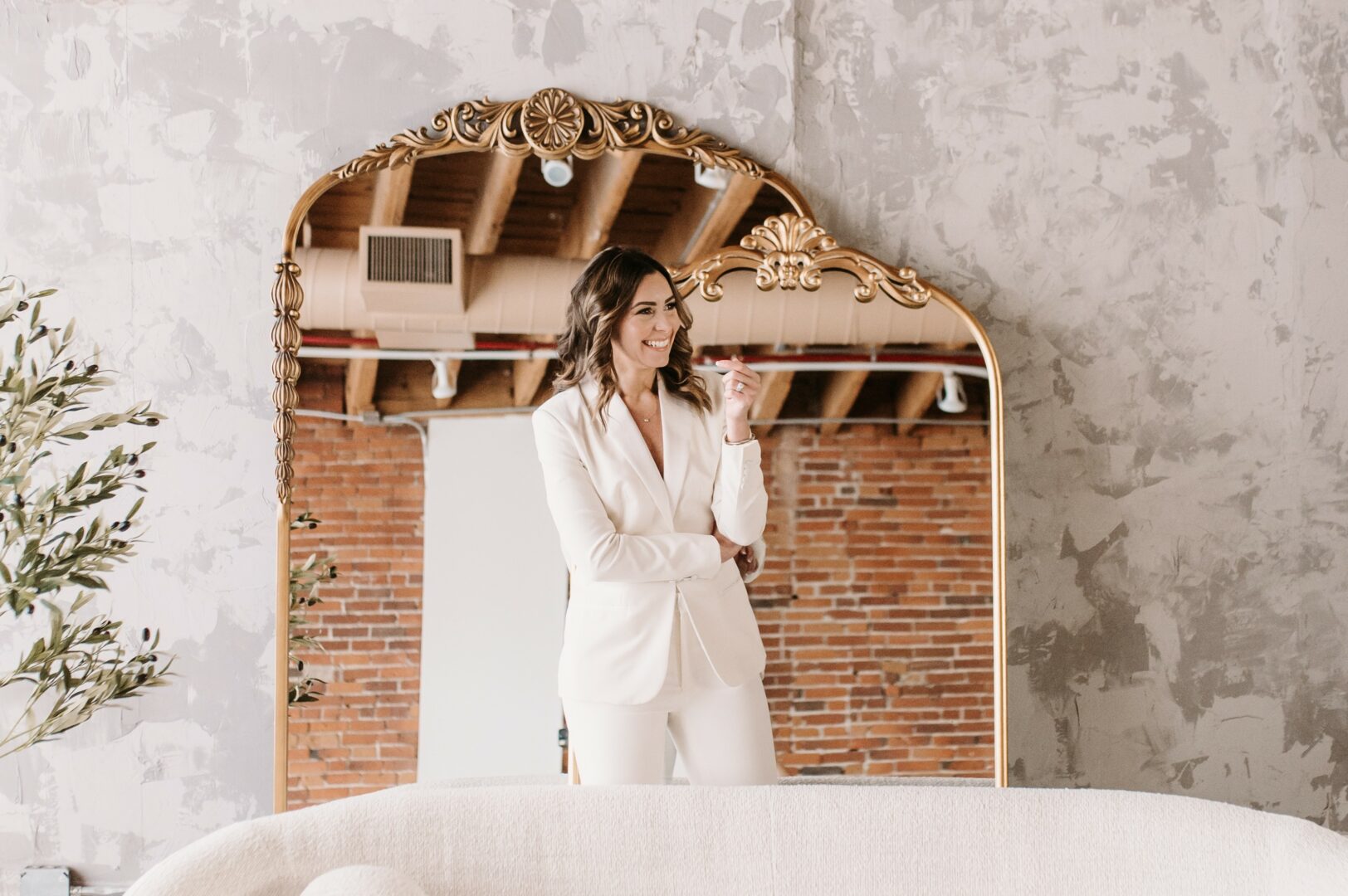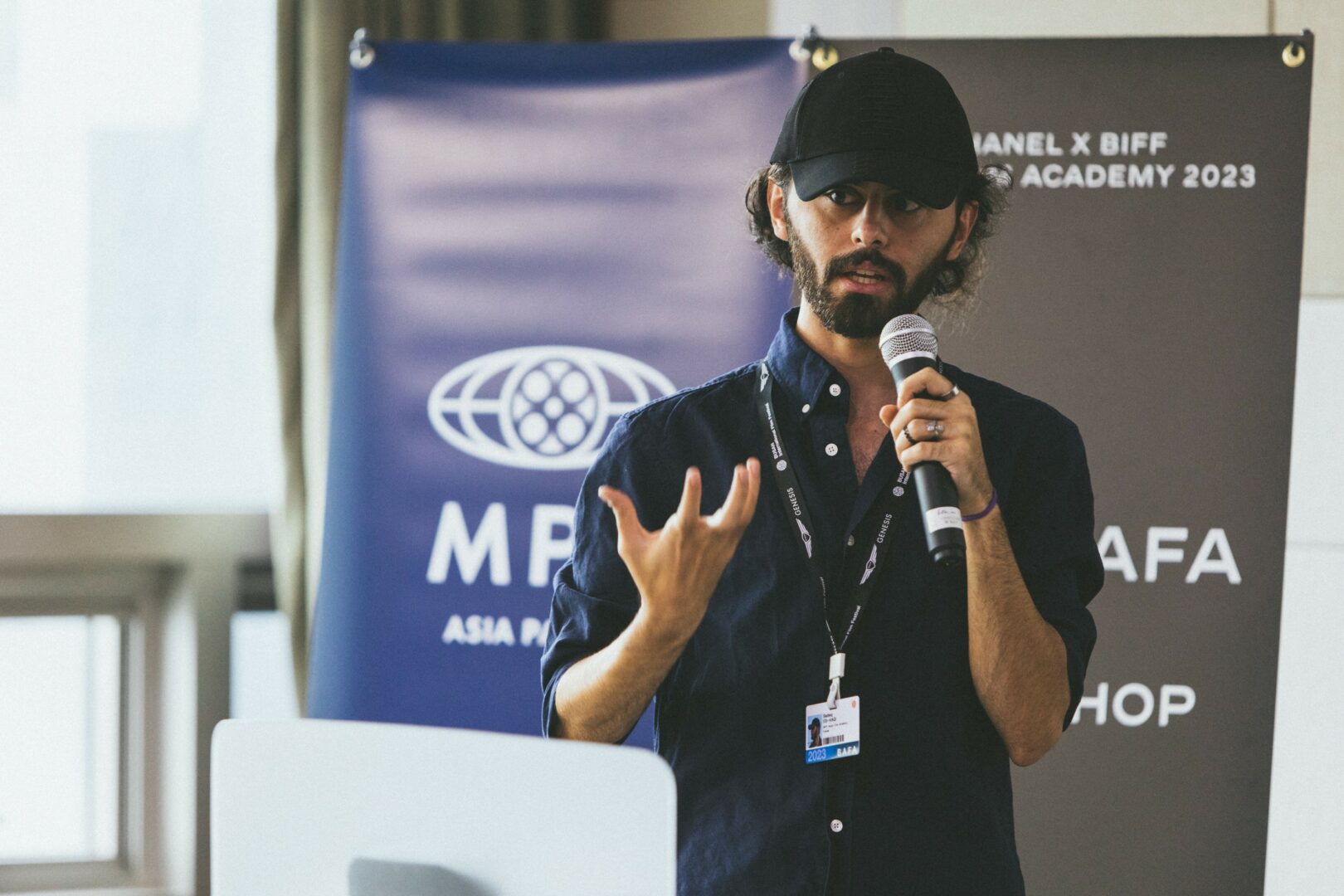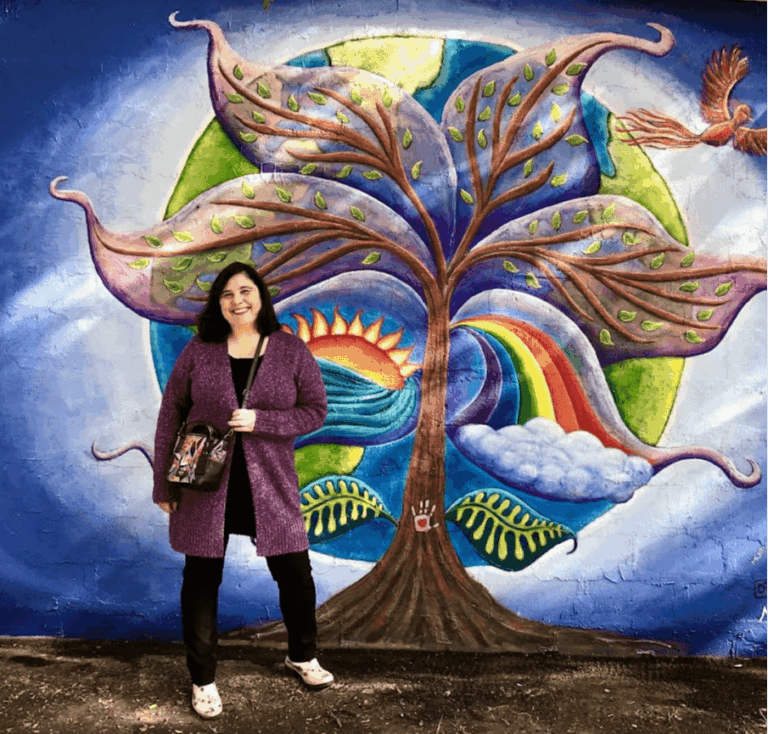We’re excited to introduce you to the always interesting and insightful You Zhang. We hope you’ll enjoy our conversation with You below.
You, so happy to have you with us today. You are such a creative person, but have you ever head any sort of creativity block along the way? If so, can you talk to us about how you overcame or beat it?
Creativity blocks are an inevitable part of any artistic endeavor, and overcoming them requires a multifaceted approach. As a Motion Designer and CG Artist, I’ve developed several strategies to keep my creative juices flowing and to ensure continuous productivity and innovation.
1. Diverse Inspiration: One of the most effective ways I tackle creative blocks is by seeking inspiration from a diverse range of sources. This can be anything from cinema, fine arts, and architecture to nature and everyday life. Diversifying the sources of my inspiration helps me break out of my usual thought patterns and sparks new ideas.
2. Collaborative Feedback: Engaging with other creatives, whether they’re designers, artists, or even musicians, provides fresh perspectives that can challenge and enhance my own ideas. I often participate in brainstorming sessions with peers or seek feedback on my work. This collaborative process not only helps in overcoming blocks but also enriches the final outcome of my projects.
3. Structured Breaks: I’ve found that sometimes the best way to deal with a block is to step away from the work itself. Structured breaks, be it a short walk, a day trip, or engaging in a different creative activity like sketching or photography, can dramatically shift my mental state and reinvigorate my creativity.
4. Continuous Learning: Staying updated with the latest in technology, techniques, and trends in the CG and motion design world is crucial. I regularly set aside time for online courses, workshops, and reading. This continuous learning not only helps in keeping my skills sharp but often provides the spark needed to break through creative barriers.
5. Routine and Discipline: While creativity is often seen as spontaneous, having a routine can be surprisingly beneficial. I maintain a structured schedule that balances work and personal time. This discipline ensures that I’m not overworking myself, which is often a cause of burnout and creative blocks.

Thanks for sharing that. So, before we get any further into our conversation, can you tell our readers a bit about yourself and what you’re working on?
As a Motion Designer and CG Artist, my work sits at the intersection of technology and art, transforming abstract concepts into tangible visual stories that captivate and engage audiences. The core of what I do involves creating dynamic visuals that are not only aesthetically pleasing but also serve a strategic purpose, be it in digital products, advertising, digital media, or visual effects for film and television.
What excites me most about my profession is the constant evolution of technology and techniques. This perpetual innovation means that every project brings new challenges and learning opportunities. It’s thrilling to integrate the latest tools and trends into my work, whether it’s virtual reality, augmented reality, or AI-driven design, and see how they open up new possibilities for creative expression.
A particularly special aspect of my career is the ability to collaborate with a wide array of talented individuals—from directors and marketers to software developers and other designers. These collaborations enrich the creative process, allowing us to push boundaries and produce work that is greater than the sum of its parts.
ooking ahead, I’m particularly excited about a couple of new ventures on the horizon, especially my exploration into integrating AI technology into my day-to-day work as a Motion Designer and CG Artist. The power of AI is truly fascinating, as it bridges the gap between human creativity and technological advancement.
One of the most transformative aspects of using AI in my work has been its role in web development. Traditionally, creating websites with well-designed interactions and animations required the collaborative efforts of both designers and front-end developers. However, with AI, I’ve been able to develop these complex web elements on my own. This independence not only speeds up the process but also allows for a more seamless integration of design and functionality, ensuring that the final product is exactly as envisioned.
AI tools help me to automate certain aspects of coding and design, which traditionally consumed a significant amount of time and resources. This automation doesn’t just streamline workflows but also enhances the creative process, allowing me to experiment more freely and push the boundaries of what can be achieved visually on websites.

Looking back, what do you think were the three qualities, skills, or areas of knowledge that were most impactful in your journey? What advice do you have for folks who are early in their journey in terms of how they can best develop or improve on these?
Looking back on my career as a Motion Designer and CG Artist, three qualities stand out as fundamental to my success: continuous learning, adaptability, and collaboration.
Continuous Learning: The digital landscape is ever-evolving, with new technologies, tools, and techniques constantly emerging. Keeping up-to-date with these changes has been crucial. For those starting out, I recommend setting aside regular time for learning—whether it’s through online courses, tutorials, or workshops. Engaging with the latest industry software and understanding new trends is essential. This not only enhances your skills but also keeps you relevant and competitive in the field.
Adaptability: In this field, project requirements can change rapidly, and technology may shift the scope of what’s possible during the course of a project. Being adaptable and open to change has allowed me to thrive. For newcomers, my advice is to cultivate a flexible mindset. View challenges as opportunities to grow and try not to get too attached to one way of doing things. Experimentation and the willingness to fail and learn from it are key components of success.
Collaboration: Art and design are rarely solitary pursuits. My ability to work effectively with other creatives—from directors to developers—has been invaluable. For those early in their career, I suggest actively seeking collaborative opportunities. Whether it’s contributing to group projects or seeking feedback, working with others can spark creativity, offer new perspectives, and help refine your work. Networking within the industry can also open up opportunities and provide mentorship.
Advice for Development:
1. Build a Robust Learning Habit: Allocate time each week to learn something new, not just about design and technology but also about communication and project management.
2. Embrace Change: Take on diverse projects that push you out of your comfort zone. This exposure is invaluable and will make you a more versatile artist over time.
3. Seek Feedback Often: Don’t wait for perfection. Share your work with peers and mentors, and be open to criticism. This feedback is crucial for your growth and improvement.

Who has been most helpful in helping you overcome challenges or build and develop the essential skills, qualities or knowledge you needed to be successful?
Throughout my career as a Motion Designer and CG Artist, I’ve been fortunate to have the support of several key figures who have been instrumental in helping me overcome challenges and develop the essential skills needed for success.
Mentors: Early on in my career, I had the privilege of being guided by seasoned professionals who were generous with their knowledge and experience. Mentors such as zaoeyo (Xiaolin Zeng), who introduced me to the intricacies of motion design, and Thanos Kagkalos, who helped refine my technical skills, were critical in shaping my approach and style. Their guidance not only helped me navigate the technical challenges but also taught me the importance of storytelling in design.
Community: Participating in online forums and local design communities has been another pivotal aspect of my growth. These platforms allowed me to connect with like-minded professionals and enthusiasts, broadening my perspective and exposing me to diverse approaches and techniques. The feedback and critiques I received through these channels have been invaluable in refining my work and pushing my creative boundaries.
Contact Info:
- Website: https://www.atom63.io/
- Instagram: https://www.instagram.com/atom63_/
- Linkedin: https://www.linkedin.com/in/you-zhang/
- Twitter: https://twitter.com/yz_atom63




Image Credits
Profile Photo by https://www.instagram.com/imaginethisstudio/
so if you or someone you know deserves recognition please let us know here.




